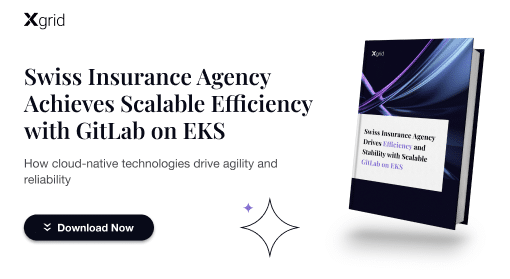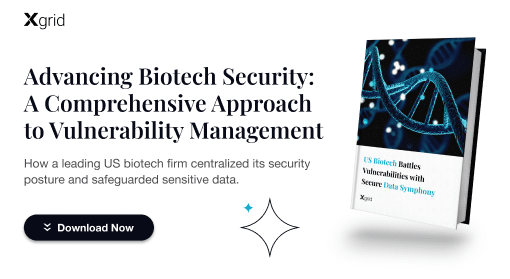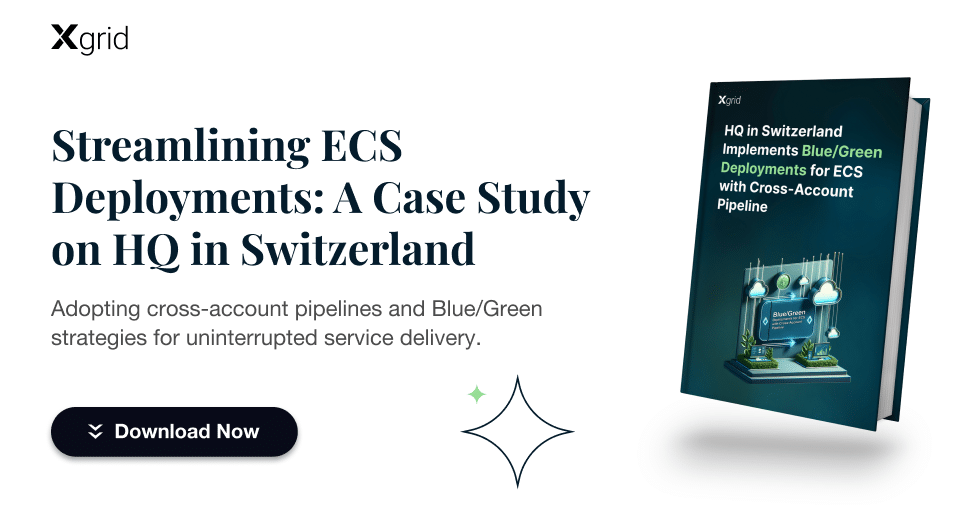Introduction
A California-based company specializing in real-time supply chain data faced the challenge of managing network security policies across a complex multi-cloud environment. With applications and resources spread across on-premises infrastructure, AWS, GCP, and Azure, ensuring consistent security policy enforcement proved daunting. To streamline policy management and enhance security posture, the company embarked on the development of a custom network policy orchestrator.
Problem
The existing multi-substrate environment presented significant challenges:
- Manual policy management: Manually defining and enforcing security policies across multiple cloud platforms was time-consuming, error-prone, and unsustainable.
- Inconsistent policy enforcement: Variances in security policies across different environments increased the risk of misconfigurations and potential vulnerabilities.
- Lack of visibility and control: Insufficient visibility into network policy adherence and configuration drifts hindered proactive risk mitigation.
Solution
To address these challenges, the company designed and implemented a network policy orchestrator (NPO) with the following key features:
- Centralized policy definition: A uniform YAML-based framework enabled the definition of application connectivity and network patterns, ensuring consistency across all environments.
- Substrate-specific rule generation: The NPO automatically generated platform-specific network security rules for AWS, GCP, and Azure, eliminating manual configuration tasks.
- Terraform-based infrastructure provisioning: Integrated Terraform to automate the provisioning and configuration of network infrastructure, ensuring consistency and reproducibility.
- Continuous policy monitoring: Implemented continuous network policy monitoring to detect configuration drifts and alert administrators for proactive remediation.
Results
The implementation of the NPO yielded significant benefits, including:
- Streamlined policy management: Centralized policy definition and automated rule generation significantly reduced manual effort and accelerated policy implementation.
- Consistent policy enforcement: Ensuring uniform security policies across all cloud environments minimized configuration errors and strengthened the overall security posture.
- Enhanced visibility and control: Continuous policy monitoring provided real-time insights into policy adherence and enabled proactive remediation of potential issues.
- Reduced risk of security breaches: Consistent policy enforcement and proactive drift detection significantly reduced the likelihood of security breaches.
- Improved compliance: The NPO facilitated adherence to industry security standards and regulations, demonstrating a commitment to data protection.
Conclusion
The successful implementation of the network policy orchestrator demonstrates the value of automation and centralized control in managing security policies across complex multi-cloud environments. By embracing this approach, the California-based logistics company has achieved a more secure, compliant, and manageable network infrastructure, enabling it to confidently deliver real-time supply chain data while safeguarding sensitive information. This case study serves as a testament to the power of automation and orchestration in simplifying cloud security management, paving the way for enhanced security and operational efficiency in modern, multi-cloud environments.




